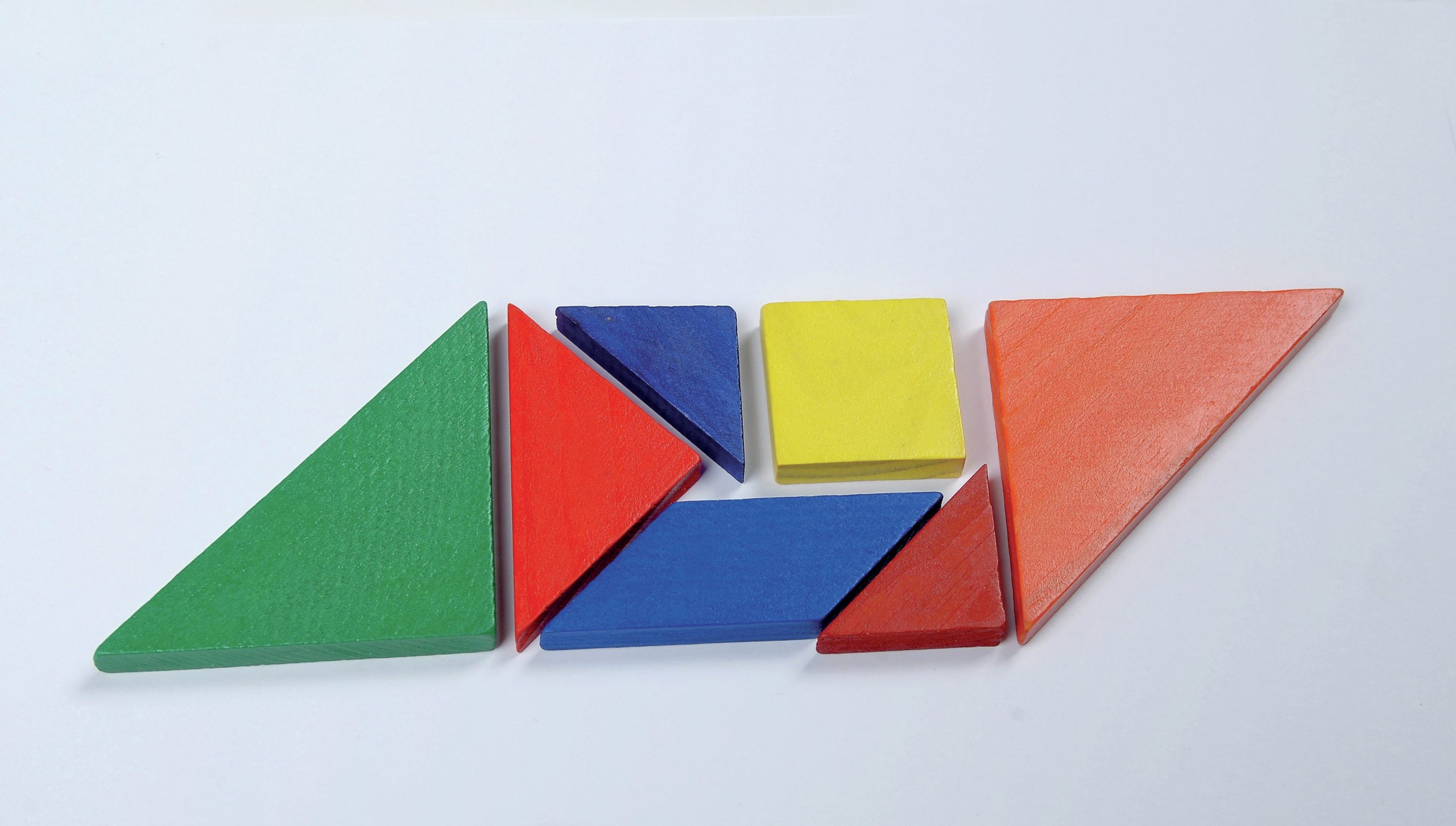
A common example of the use of areas is when interpreting a graph of motion. You will know that an object’s average speed multiplied by the time it was in motion tells you the distance travelled by the object. On a speed/time graph, the area under the line represents the product of speed and time, hence the distance travelled.
Figure 1 is a speed-time graph for something travelling with uniform acceleration a, having an initial speed u and reaching a speed v after a time interval t. To calculate the area under the line, you can treat it either as a rectangle plus a right-angled triangle, or as a trapezium. Let us look at these shapes.
Your organisation does not have access to this article.
Sign up today to give your students the edge they need to achieve their best grades with subject expertise
Subscribe




